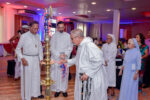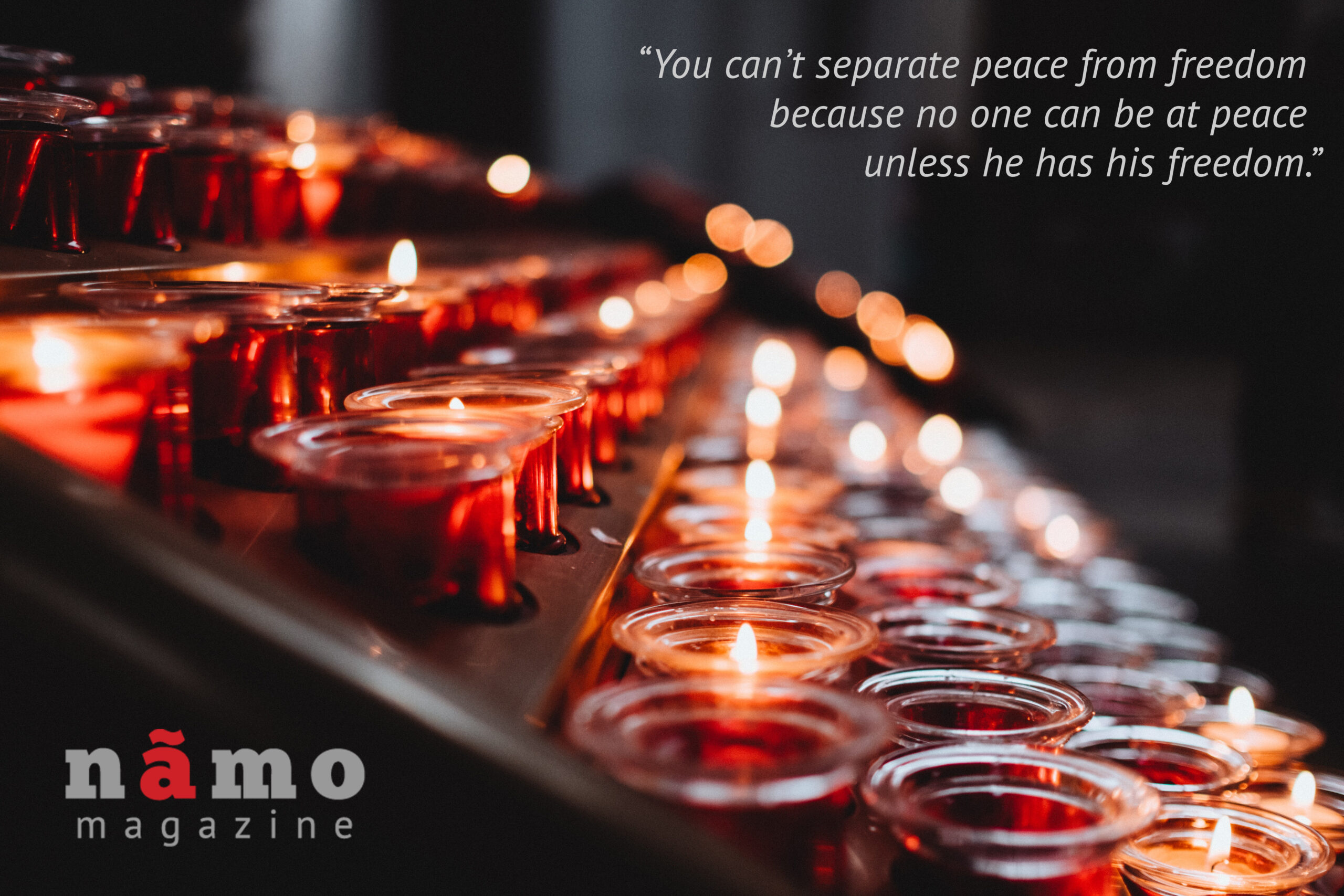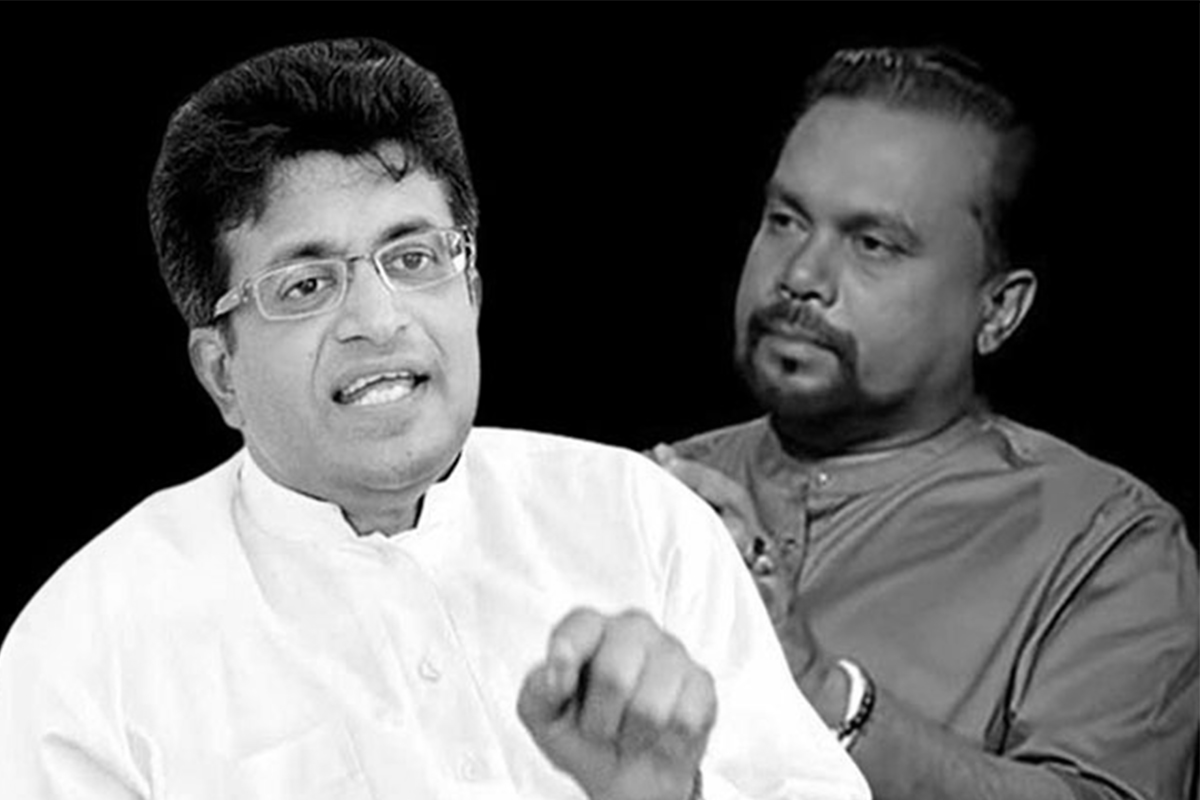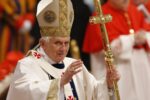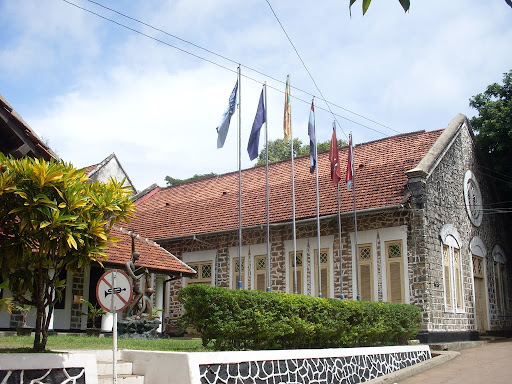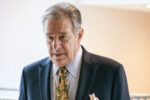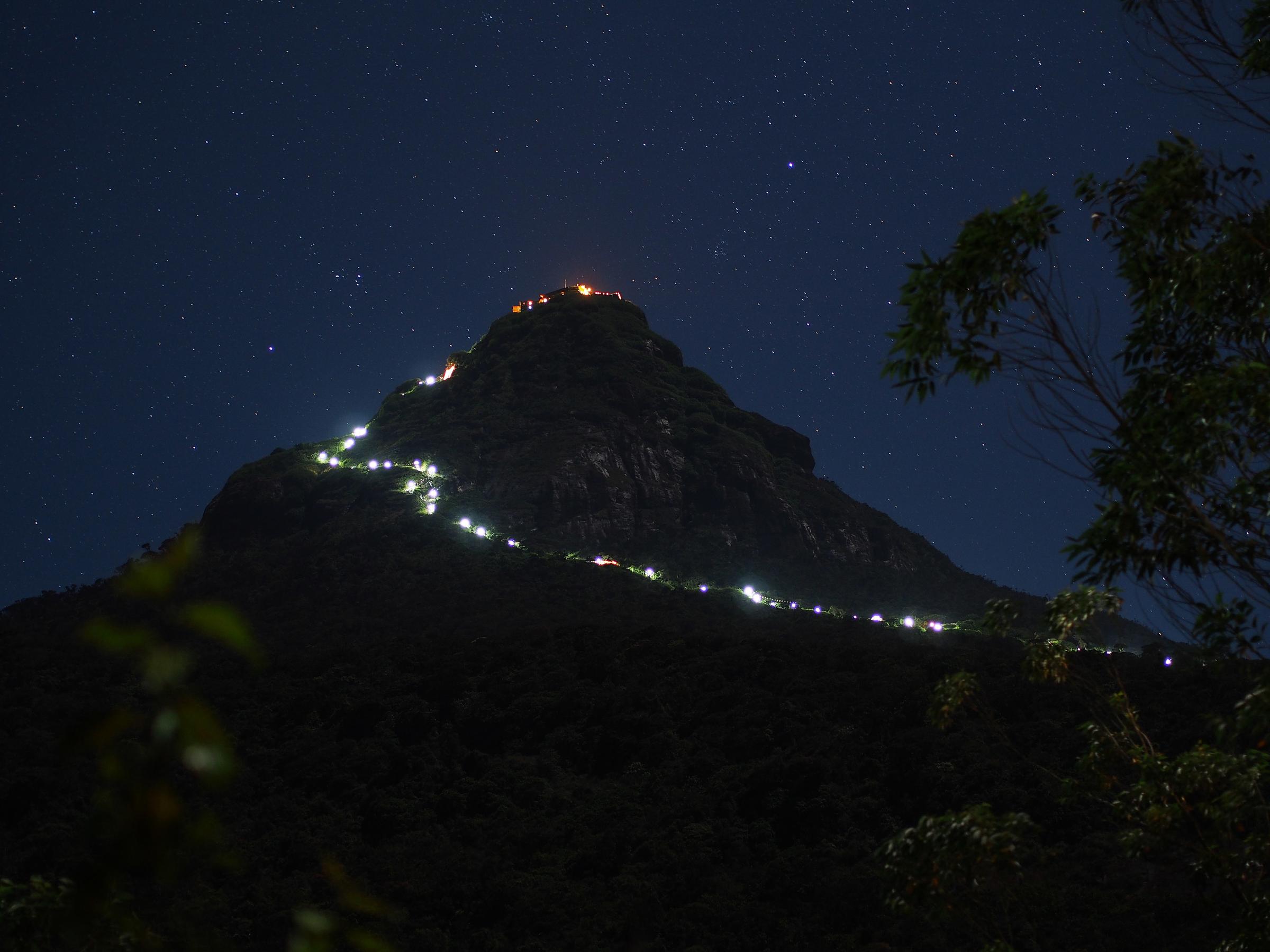IS THERE A RIFT BETWEEN RELIGION AND SCIENCE?
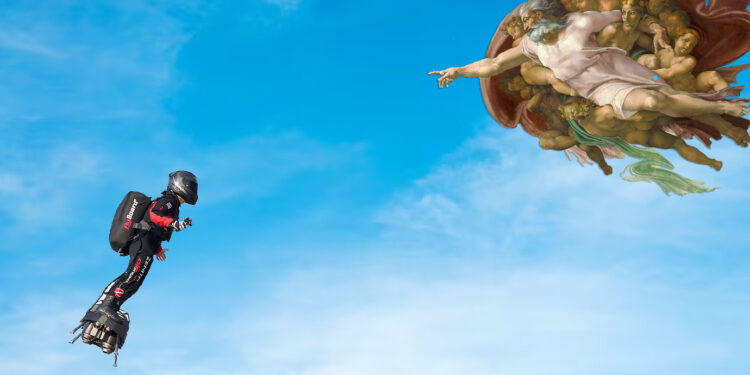
Are religious beliefs always in conflict with the progress of science? Are they two mutually exclusive entities going in two different directions in their quest for truth, with no possibility of overlapping? The debate over whether religion and science can co-exist has been going on and continues to divide opinion.
There are different theories as to why religion came into being. According to one theory, religion was a way to explain natural phenomena by ascribing power to supernatural forces or to an omnipotent Creator while another theory says that it was a way to provide a moral force to encourage cohesiveness and cooperation within society. Those who assert that religion and science cannot co-exist and there remains a rigid dichotomy between them justify their claim by saying that supernatural entities cannot be investigated or proved by science. Religion and science both offer explanations for why life and the universe exist. But religion relies on subjective belief in a superhuman being whereas science is based on testable empirical evidence and observation.
Religion and science: are they at war?
Throughout history we see deplorable instances where religion and science have clashed. Italian astronomer Galileo Galilei (1564-1642) faced strong opposition from the Catholic Church for expounding Copernican heliocentrism (the idea that the Earth revolves around the Sun). The Church considered this view absurd and heretical since it contradicted the biblical account of a stationary Earth. Galileo was tried in 1615 by the Inquisition (an ecclesiastical tribunal instituted by Pope Gregory IX around 1232 A. D. to combat heresy) and forced to recant. He was imprisoned for the rest of his life.
Italian philosopher and cosmological theorist Giordano Bruno (1548-1600), formerly a Dominican friar, proposed that the stars were distant suns surrounded by their own planets and these planets might foster life of their own. He also claimed that the universe is infinite and could have no centre. Bruno was burned at the stake by the same Inquisition for holding unorthodox views and challenging accepted religious dogma. The Church had held that the Earth was at the centre of the universe.
M. de Voltaire (1694-1778) and Denis Diderot (1713-1784), French philosophers and writers of the Age of Enlightenment in Europe in the 17th and the 18th centuries, criticised religious institutions and advocated for reason, science and secularism. Their writings contributed to a broader conflict between religious authority and scientific inquiry.
The theory of English naturalist and biologist Charles Robert Darwin (1809-1882) of evolution by natural selection challenged traditional religious beliefs about the origin of species, as some religious authorities viewed evolution as incompatible with the biblical account of creation.
In more recent times, in Dayton in the U. S. state of Tennessee, a high school teacher named John Thomas Scopes (1900-1970), was prosecuted for teaching evolution in the classroom. When the case ended in 1925 he was found guilty and fined $ 100. This trial pitted science against religious fundamentalism.
Rabbi Meir Mazuz (born in 1945), a former spiritual leader of Israel, blamed gay pride marches and called them “a parade against nature”. Such incidents exemplified the tensions regarding religion and science.
Similarly, efforts at gene editing or genetic engineering, cloning plants and animals, in vitro fertilisation (IVF) or test tube babies, euthanasia (intentional ending of life of a patient to eliminate pain and suffering), etc. have been subjects of dispute among Christians. In a recent interview conducted by the Pew Research Centre, a nonpartisan American Think Tank, based in Washington, many Muslims expressed the view that Islam and science are basically compatible, but, at the same time, acknowledged certain areas of friction, such as the theory of evolution and cloning, saying that the latter would tamper with the power of God, and God should be the only one to create living things. Hindu interviewees described religion and science as overlapping spheres and said that the theory of evolution is encompassed in their religious teachings. But Buddhist interviewees generally described religion and science as two unrelated spheres. However, when Hindus and Buddhists discussed gene editing and cloning, some voiced concern that these scientific developments might interfere with karma or reincarnation.
Scholars’ differing opinions about religion and science
It has to be admitted that scientists have not been unanimous in their opinion on the relationship between religion and science. According to Victor John Stenger (1935-2014), Emeritus Professor of Physics at the University of Hawaii, religion and science are fundamentally incompatible. He likened religion and science to oil and water. “They might co-exist, but they can never mix to produce a homogeneous medium…. They disagree profoundly on how we obtain knowledge of the world…” Stenger said.
Physicist Stephen William Hawking (1942-2018), an English theoretical physicist, believed that there is a fundamental difference between religion, which is based on authority, and science, which is based on observation and reason. “Science will win because it works. I believe the universe is governed by the laws of science. The laws may have been decreed by God, but God does not intervene to break the laws”, he said. Hawking claimed that when we looked at the vast size of the universe, and how insignificant and accidental human life was in it, the existence of a God seemed most implausible.
But the late American astrophysicist Carl Edward Sagan (1934-1996), held a different view when he said that science is not only compatible with spirituality; it is a profound source of spirituality. “When we recognise our place in an immensity of light-years and in the passage of ages, when we grasp the intricacy, beauty, and subtlety of life, then that soaring feeling, that sense of elation and humility combined, is surely spiritual…..The notion that science and spirituality are somehow mutually exclusive does a disservice to both”, he claimed.
Francisco José Ayala Pereda (1934-2023), a Spanish-American evolutionary biologist at the University of California, was convinced that evolution and religious beliefs need not be in contradiction and if science and religion were properly understood, they could not be in contradiction because they concerned different matters. “Science and religion are like two different windows for looking at the world, but they show different aspects of that world. Science concerns the processes that account for the natural world: how planets move, the composition of matter and the atmosphere, the origin and adaptations of organisms. Religion concerns the meaning and purpose of the world and of human life, the proper relation of people to the Creator and to each other, the moral values that inspire and govern people’s lives”, he said. According to Pereda, who was an ex-Dominican priest, apparent contradictions only emerged when either the science or the beliefs, or often both, trespassed their own boundaries and wrongfully encroached upon one another’s subject matter.
Werner von Braun (1912-1977), a German-American rocket expert, said that everything science had taught him strengthened his belief in the continuity of man’s spiritual existence after death.
Charles Darwin, as a young man, did believe in God and did, in fact, study to be an Anglican clergyman. Earlier, faced with the extreme difficulty of conceiving this immense and wonderful universe, including man, as the result of blind chance or necessity, he felt compelled to look to a First Cause having an intelligent mind, but, later in life, he preferred to call himself an agnostic (one who holds the view that human reason is incapable of proving the existence or non-existence of God). Darwin firmly believed that a person could be a Christian and an evolutionist.
Yet, the most significant quote comes from Albert Einstein (1879-1955), the German-born theoretical physicist and one of the greatest scientists of all time who is best known for his theory of relativity. Addressing an audience at Princeton Theological Seminary of the Presbyterian Church in New Jersey, USA in 1939, Einstein said: “science without religion is lame, religion without science is blind”. In his interviews, he stated that there was a “lawgiver” who set the laws of the universe. Rejecting a conflict between science and religion, he held that cosmic religion was necessary for science. Although Einstein did not call himself an atheist, he did not believe in a personal God, but in one who revealed himself in the orderly harmony of what exists, not in a God who concerned himself with fates and actions of human beings. According to him, the problem of God was the “most difficult in the world”- a question that could not be answered “simply with yes or no” and the problem involved was too vast for our limited minds.
Role of Christian clergymen in scientific discoveries
There has been much debate over the years among historians about some of the intolerant and irremediable attitudes of the Inquisition towards the ‘heretics’ that have marred the reputation of the Church with regard to new scientific thinking and given the lamentable impression that religion and science were at war. But much has changed since then, fortunately for both, and in 2000 the late Pope St. John Paul II embarked on a new era in the Church’s relationship to its history when he donned mourning garments to apologise for millennia of grievous violence and persecution-from the Inquisition to a wide range of sins against Jews, non-believers, and the indigenous people of colonised lands.
Over the centuries, the relationship between science and religion has ranged from conflict, complexity and hostility to harmony and collaboration. The Pontifical Academy of Sciences, established in 1936 by Pope Pius XI, aims at promoting the progress of the mathematical, physical and natural sciences. Its president is Joachim von Braun (born in 1950), a German agricultural scientist while the Vatican Observatory is headed by American Jesuit Brother Guy Consolmagno, a research astronomer and physicist.
Most scientific and technical innovations until the scientific revolution were achieved by Christian clergymen. Roger Bacon (1219-1292), an English philosopher and Franciscan friar, is often credited with formalising the scientific method. The Big Bang, a physical theory that describes how the universe expanded from an initial state of high density and temperature, was first proposed in 1927 by Georges Édouard Lemaître (1894-1966), a Belgian Catholic priest, astronomer and mathematician. He was professor of physics at the Catholic University of Louvain and was the first to theorise that the recession of nearby galaxies can be explained by an expanding universe, which was observationally confirmed soon afterwards by American astronomer Edwin Powell Hubble (1889-1953). Fr. Lemaître also proposed this theory of the origin of the universe, calling it the “hypothesis of the primeval atom”, and later calling it “the beginning of the world”.
Between 1901 and 2000 most Nobel prize laureates (65%) have identified Christianity as their religious preference. According to a poll, just over half of scientists (51%) believe in some form of deity or higher power; specifically, 33% of scientists say they believe in God, while 18% believe in a universal spirit or higher power.
Conclusion
In the discourse on the intersection of religion and science, various perspectives and complexities exist. According to the conflict model, religion and science are seen as mutually exclusive because they are concerned with entirely separate aspects of man’s existence. The conflict arises due to fundamental differences in their approaches.
Some argue for an integration model for religion and science, seeking to find common ground or harmonise their perspectives. This approach, however, can be challenging because religions often hold mutually exclusive and contradictory claims and beliefs.
The dialogue model encourages open conversation between religion and science. It recognises that both fields have unique insights and can learn from each other. While they may not be mutually exclusive, they still operate in distinct ways.
Pope Francis, in his second encyclical letter (2015) Laudato si (Praise Be To You), affirms that “science and religion, with their distinctive approaches to understanding reality, can enter into an intense dialogue fruitful for both”. ***
